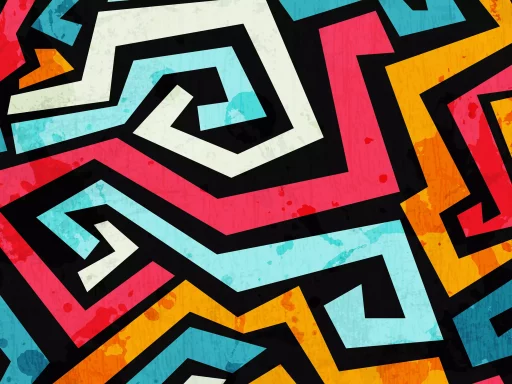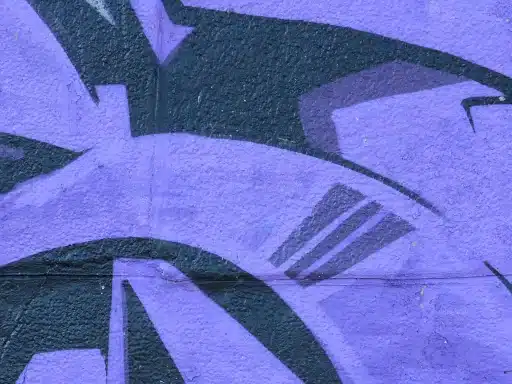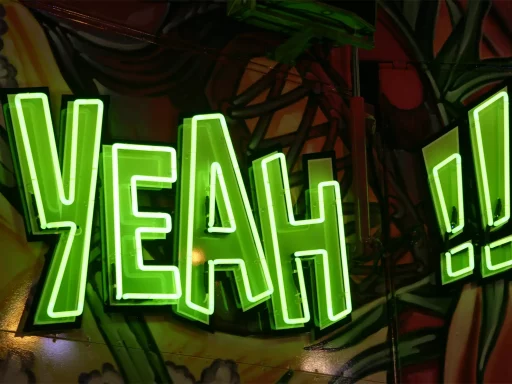Introduction
Language is ever-evolving, reflecting cultural shifts, technological advances, and the creativity of its speakers. Among the various forms of language, slang serves as a vibrant reminder of how we express ourselves informally. But what is slang short for? This article dives into the essence of slang, its origins, examples, and implications in contemporary communication.
Defining Slang
Slang refers to informal words and expressions that are often specific to a group or community. It is characterized by its playful, creative use of language, often deviating from standard forms. Slang evolves rapidly, influenced by trends, social media, and cultural movements.
Origins of Slang
The term “slang” itself likely dates back to the late 18th century, though the use of informal language can be traced back much further. Historically, slang has been associated with subcultures, such as the criminal underworld, specific professions, and youth culture, allowing members to communicate with each other while excluding outsiders.
What Slang is Short For
While the question “what is slang short for” may imply an abbreviation, slang itself isn’t a shortened form of another word. Rather, it encompasses a broad range of informal expressions that can be rooted in various contexts. Here are a few examples of popular slang terms and their meanings:
- Lit – Refers to an exciting or excellent experience.
- Example: “The party last night was lit!”
- Bae – A term of endearment for a significant other or close friend.
- Example: “I’m going out with my bae tonight.”
- Salty – Describes someone who is upset or bitter.
- Example: “He’s still salty about losing the game.”
Case Study: The Evolution of Slang in Digital Communication
The rise of the internet and social media has had a profound impact on the evolution of slang. Platforms like Twitter, TikTok, and Instagram not only popularize new slang but also create an environment where language can be adapted quickly. For instance, the term “FOMO” (fear of missing out) became widely recognized through social media, encapsulating a feeling many people experience.
A study by the linguist Benjamin Bergen at the University of California revealed that younger generations adopt and adapt slang more rapidly due to their constant connectivity through technology. The findings indicate that approximately 68% of young adults regularly use slang in their daily conversations, showcasing its omnipresence in modern society.
Statistics on Slang Usage
Here are some interesting statistics regarding the use of slang:
- According to a survey conducted by the Pew Research Center, 92% of teenagers use slang in written communication.
- A report from Oxford Dictionaries noted that 63% of adults feel comfortable using slang in everyday conversation.
- Slang words have been consistently included in dictionaries, with over 1,000 new entries of slang words added each year.
The Cultural Significance of Slang
Slang roles extend beyond mere vocabulary; they are markers of identity. Different communities, including cultural groups, age groups, and social circles, develop their unique forms of slang. This linguistic diversity can indicate solidarity among members while distinguishing outsiders.
Furthermore, slang can represent power dynamics. For instance, the use of slang in activism, often referred to as ‘activist slang,’ has been pivotal in movements like Black Lives Matter, where phrases such as “defund the police” have sparked national conversations.
Conclusion
In essence, slang is not short for a specific term; it represents a dynamic and creative form of language that evolves with cultural and societal changes. Its roots in informal communication convey identity, connection, and cultural engagement. Whether you’re deciphering contemporary slang or adding it to your lexicon, understanding its significance gives insight into the evolving nature of language itself.






